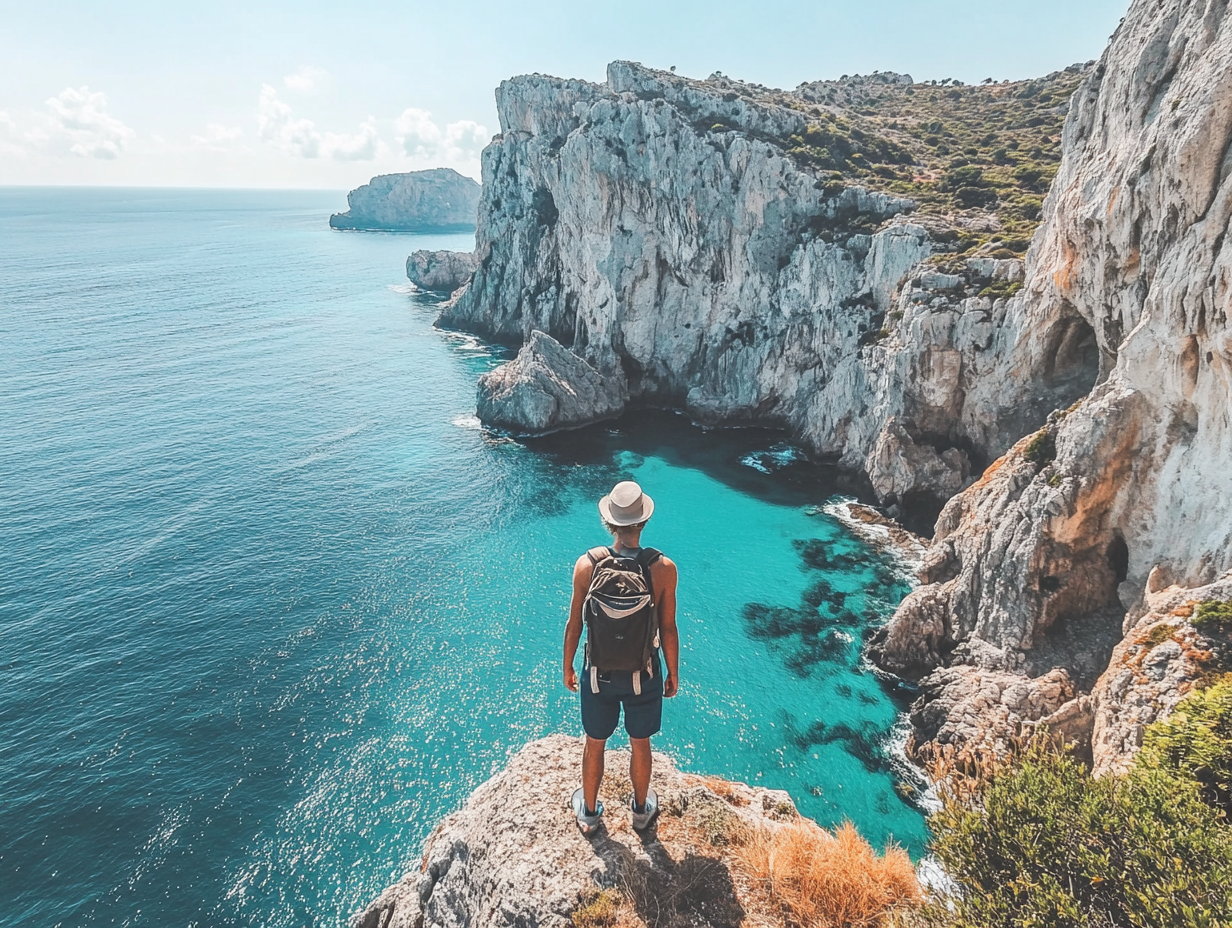Traveling during the winter months means preparing for possible hazardous road conditions. As you prepare for your trip, please be sure to keep an emergency supply kit in your car. The Federal Emergency Management Agency and the Center for Disease Control suggest the following items to be included in your emergency kit:
- Jumper cables
- Flares or reflective triangle
- Bright color flag
- Ice scraper
- Blanket
- Flashlight
- Shovel
- Tow chain/rope
- Car cell phone charger
- Extra coats, hats and/or gloves
- Battery-powered radio
- Road salt to melt ice
- Cat litter or sand for tire traction
“You should have an emergency kit in your car, and this should include a paper map as well as the other various items included in the list above,” said Jessica Post, emergency manager for the U of A Police Department.
In addition to putting together your emergency kit, prior to the trip, you should also have a car mechanic check the following:
- Antifreeze levels
- Battery and ignition system
- Brake conditions
- Exhaust system
- Fuel and air systems
- Heater and defroster
- Lights and flashing hazard lights
- Oil
- Thermostat
- Windshield wiper equipment and washer fluid level
Once your trip is underway, here are some safety tips to keep in mind:
- Keep your gas tank full. A full tank will keep the fuel line from freezing.
- Do not drive through flooded areas. Six inches of water can cause a vehicle to lose control or stall. A foot of water will float many cars.
- Be aware of areas where floodwaters have receded. Roads may have weakened and could collapse under the weight of a car.
- If a power line falls on your car you are at risk of electrical shock. Stay inside until a trained professional removes the wire.
- If it becomes hard to control the car, pull over, stop the car and set the parking brake.
Listen to the radio or television for up-to-date weather forecasts and road conditions as you are planning your trip, and in bad weather drive only if absolutely necessary.



